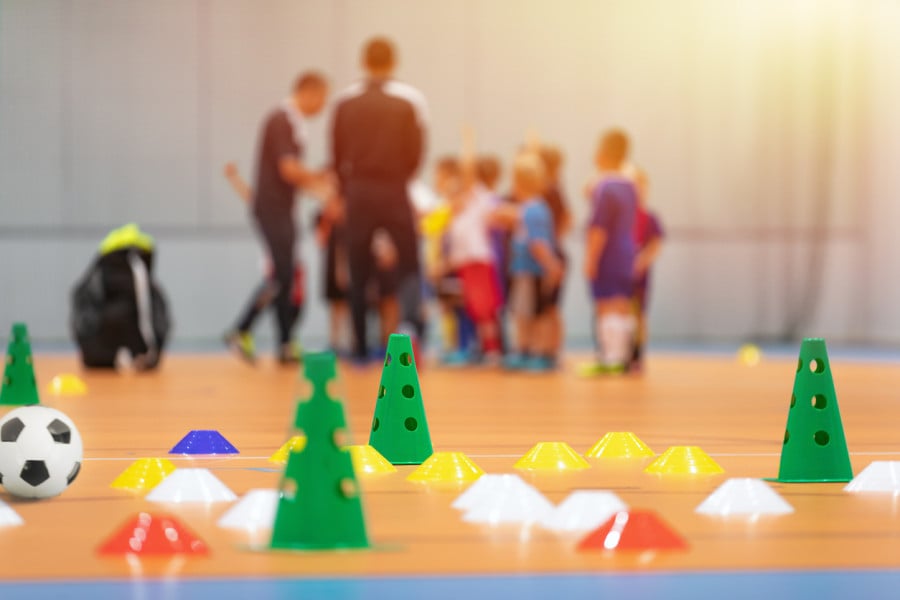Ten steps sports organisations must take to better protect children in sport

Sports organisations have been looking closely at their safeguarding arrangements and the external spotlight on safeguarding in sport remains prominent. The publication of Anne Whyte KC’s independent review of alleged mistreatment in UK Gymnastics (the Whyte Review), exposed the alarming extent of physical and emotional abuse of young athletes in the sport. Sadly, abuse in sport, both historic and current, remains a significant issue. Derek Hodder, a former martial arts coach, was recently sentenced to 28 years in prison following 33 counts of rape over a span of 30-years, adopting a pattern of abuse not unlike that of Larry Nassar.1
We continue to see sports clubs and governing bodies of all sizes seeking to strengthen their systems and cultures against abuse and poor practice. World Athletics2 and the Football Association have been updating their safeguarding policies and practices. On the 10th anniversary of the International Safeguards for Children in Sport, the International Olympic Committee reaffirmed the Safe Sports Pledge committing to “promote Safeguards through our networks [and] embed Safeguards in our work”.
Needless to say, safeguarding must remain a core priority for every sports body. To that end, here are ten essential steps sports organisations can take to keep safeguarding at the top of your agenda to ensure there is a supportive and safe environment for children to participate in sport.
Ten safeguarding steps for sports organisations:
2. Continuing Professional Development (CPD)
3. Know your specific vulnerabilities and common risk factors
4. Create a positive organisational culture
6. Implement a Low-Level Concerns Policy
7. Adopt a zero-tolerance approach
10. Safeguard for everyone – Equality Diversity and Inclusion (“EDI”)
To continue reading or watching login or register here
Already a member? Sign in
Get access to all of the expert analysis and commentary at LawInSport including articles, webinars, conference videos and podcast transcripts. Find out more here.
- Tags: Athlete Welfare | Athletics | Australia | Australian Human Rights Commission | British Gymnastics | Football | Gymnastics | IICSA | Mulcahy Review | Olympic | Paralympic | Regulation & Governance | Safeguarding | Sport England | Sports | The Football Association (FA) | UK Athletics | United Kingdom (UK) | Whyte Review | World Athletics
Related Articles
- Seven tips for sports organisations to keep safeguarding at the top of the board agenda
- Major Hurdles Still Face U.S. SafeSport In The Movement To Protect Athletes
- Why esports must adopt a child-first culture to protect participants and the industry
- Safeguarding Athletes: Why World Athletics' New Policy Raises The Bar
- Safeguarding Proceedings - How To Balance The Rights Of The Accused With Treatment Of The Abused?
- The Whyte Review Into British Gymnastics: Key Safeguarding Lessons For Sports Governing Bodies
- Top 10 Tips for launching an ‘Independent Review’ in Sport
Written by
Katie Fudakowski
Her work as an independent investigator of safeguarding failures at major independent schools, international charities and sports organisations makes her ideally suited to guide clients through every step of safeguarding investigations, whether involving current or historic allegations and the associated engagement with the statutory agencies and regulators.
Alex Evans
Alex is a paralegal in the Employment Team at Farrer & Co. Alex has been involved in a variety of contentious and non-contentious matters. Alex works with a range of clients including sports and education organisations, businesses and charities. Alex regularly contributes to the WorkLife blog. He was also involved in updating Farrer & Co’s “Addressing child-on-child abuse: a resource for schools and colleges”.
Prior to joining Farrer & Co, Alex read Law at Homerton College, Cambridge before completing the LLM Public Law at University College London.





